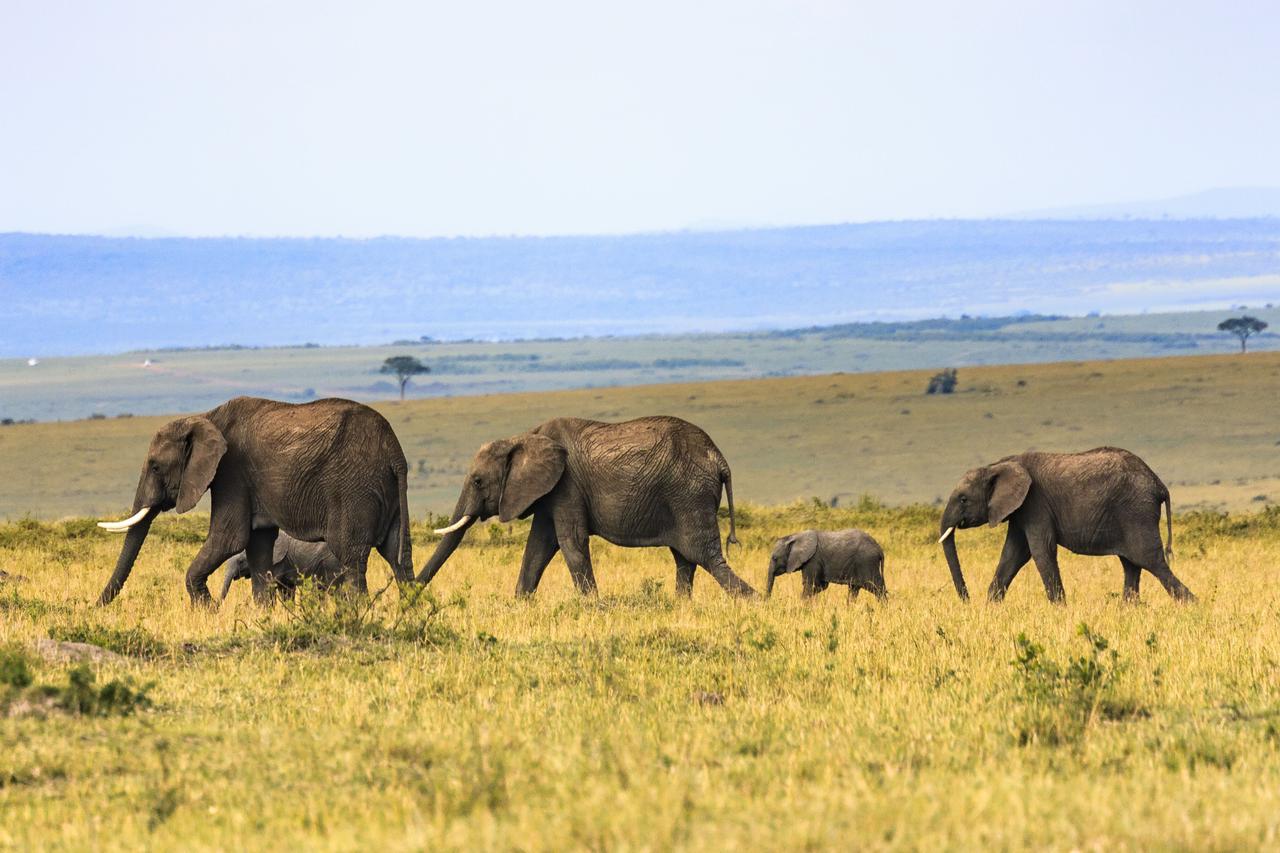- Some elephants known for raiding crops are specifically monitored to manage their behavior. Collars also play a critical role in anti-poaching efforts—if a collared elephant stops moving, it may signal injury or poaching, prompting a rapid response from rangers.
2025 World Elephant Day, observed on August 12, shines a spotlight on one of the most vital figures in elephant society: the matriarchs. These wise female leaders are more than just heads of their herds; they are living repositories of memory, guiding their families through the challenges of survival in an increasingly fragmented world.
Elephants are renowned for their intelligence, and matriarchs embody the collective memory of their herds. They remember the locations of water sources, food, and safe migration routes across vast landscapes, even after years.
During droughts, it’s the matriarch who leads her herd to distant waterholes based on knowledge passed down through generations. They recall past dangers, social hierarchies, and seasonal rhythms, helping their families navigate changing environments.
When a matriarch dies, especially due to poaching or human conflict, it’s not just a loss of leadership. It’s the erasure of decades of survival knowledge, leaving her herd vulnerable and disoriented.
The science behind this wisdom is remarkable. Compared to other land animals, Elephants have the largest brains weighing up to 5 kilograms. Their hippocampus (the brain’s memory center) is highly developed, supporting long-term memory, spatial awareness, and emotional intelligence.
Elephants maintain the health of ecosystems from dispersing seeds to creating water access for other animals. Their intelligence and empathy are not just fascinating—they’re essential to the survival of entire landscapes.
To protect elephants, especially matriarchs, conservationists have turned to technology. GPS-enabled collars are now widely used to monitor elephant movements and behavior. These collars are lifelines that help both elephants and the communities they live near.
By tracking migration routes and seasonal patterns, researchers can design wildlife corridors and prevent habitat fragmentation. Real-time tracking also allows rangers to alert communities when elephants approach farms, helping to prevent crop raids and reduce retaliatory killings.
Some elephants known for raiding crops are specifically monitored to manage their behavior. Collars also play a critical role in anti-poaching efforts—if a collared elephant stops moving, it may signal injury or poaching, prompting a rapid response from rangers.
Additionally, collaring helps scientists study herd dynamics, leadership roles, and social interactions, offering deeper insights into elephant society.
One recent
example comes from Kenya, where the Kenya Wildlife Service (KWS) renewed the collar on Lololtoo, a lone bull elephant who migrates between Marmanet Forest and Nakuru County.
The operation took place at Kwa Leakey Farm in Rongai Sub County, in partnership with Mara Elephant Project (MEP).
“Together with our partners, we remain committed to ensuring elephants like Lololtoo, and the communities around them continue to live together in harmony,” KWS shared in a statement.
Lololtoo’s collar allows conservation teams to monitor his movements, prevent conflict, and ensure his safety—an inspiring example of coexistence made possible through collaboration and technology.
Despite these efforts, elephants still face grave threats. Poaching continues to claim the lives of over 100 African elephants daily, driven by the illegal ivory trade. Expanding human settlements and agriculture are fragmenting elephant habitats, while human-elephant conflict is on the rise, especially in East Africa.
Crop raids and retaliatory killings are becoming more frequent, underscoring the urgent need for sustainable solutions.
This World Elephant Day, we are called not just to admire elephants, but to act. Supporting collaring programs, advocating for wildlife corridors, and educating others about the role of matriarchs are all ways to contribute.
Because when we protect a matriarch, we preserve a living library, one filled with wisdom, memory, and the keys to survival.





-1753862450.jpg)